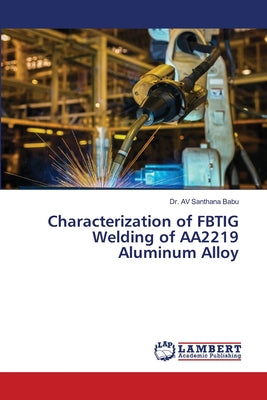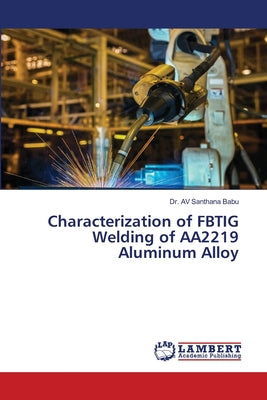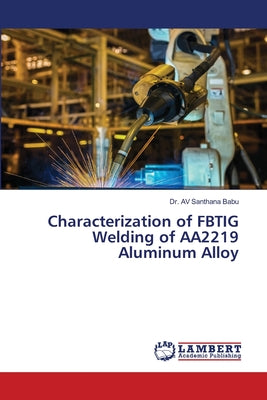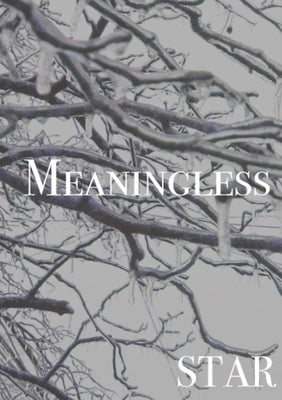
New Releases
Technology & Engineering
Characterization of FBTIG Welding of AA2219 Aluminum Alloy
Characterization of FBTIG Welding of AA2219 Aluminum Alloy
LAP LAMBERT ACADEMIC PUB
Select Format
Regular price
$90.00 USD
Regular price
$71.20 USD
Sale price
$90.00 USD
Unit price
per



Tungsten Inert Gas (TIG) welding is commonly used to join reactive materials such as alloy steel, stainless steel, magnesium alloys and aluminum alloys. However, limitation of the process is in its penetration capability. To overcome this limitation, two newer processes viz. Activated Flux TIG (ATIG) and Flux Bounded TIG (FBTIG) are investigated to identify the better process for aluminum alloy welds. On comparing the quality of ATIG and FBTIG welds, arc wandering is observed in ATIG welds whereas FBTIG welds are free from such arc wandering and possess aesthetic look. On detailed micro structural investigations of both ATIG and FBTIG welds, it is found ATIG welds are prone for cracks because of the presence of coarser grains in the weld zone and also due to excessive grain boundary liquation. To predict and control the FBTIG weld bead geometry, mathematical models are developed to correlate controllable FBTIG process variables with bead geometry to weld AA 2219 T87 aluminum alloy by using Design of Experiments based on four factor five level central composite rotatable design. FBTIG welds are characterized for tensile properties and Stress Corrosion Cracking resistance.
Large Print:
Yes
Large Print:
Yes
Language:
English
Language:
English
Release Date:
October 2010
Release Date:
October 2010
Length:
263 Pages
Length:
263 Pages
Weight:
0.66 lbs.
User reviews will be displayed here...
Related products or products you might find interesting

40% OFF

25% OFF

25% OFF

40% OFF

40% OFF

40% OFF

40% OFF

40% OFF

36% OFF

Business / Economics / Finance




